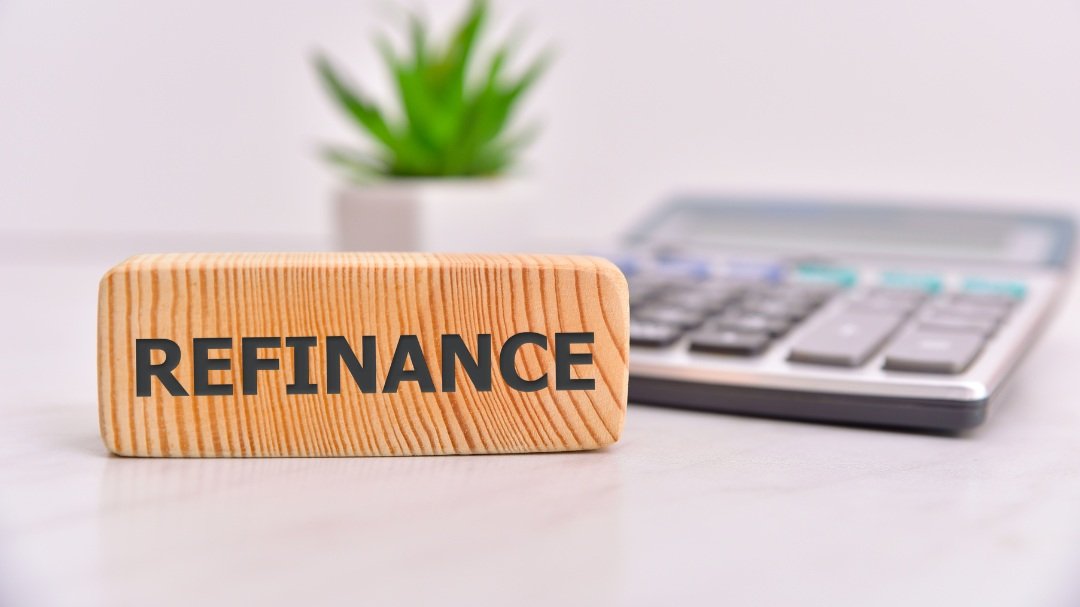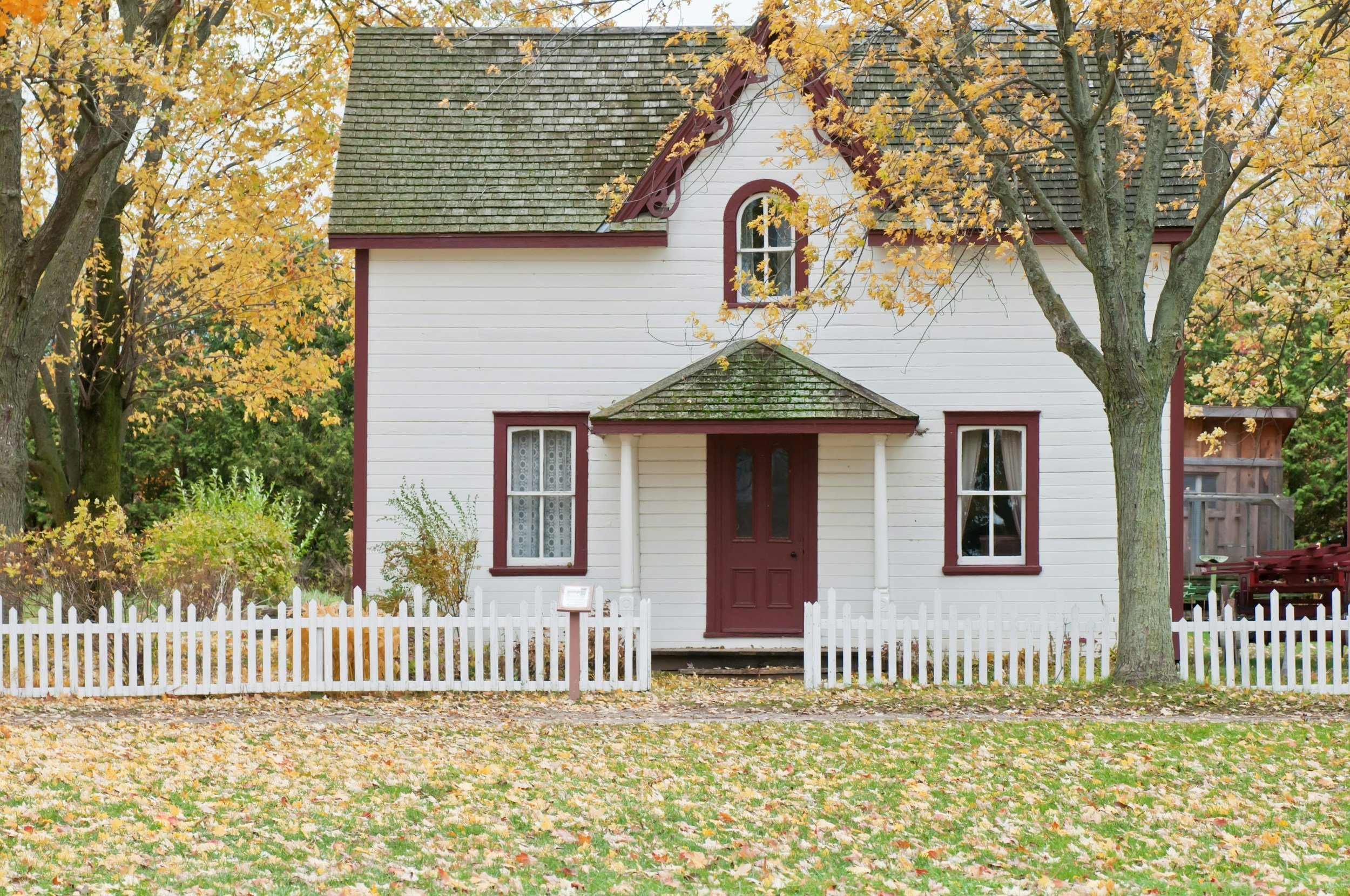Fixed-Rate vs. Adjustable-Rate Mortgages: Which Is Right for You?
When deciding on a mortgage, one of the most important choices you’ll face is between a fixed-rate mortgage and an adjustable-rate mortgage (ARM). Both options have unique advantages and drawbacks, depending on your financial goals, lifestyle, and how long you plan to stay in your home. Let’s dive into the pros and cons of each to help you make an informed decision.
Fixed-Rate Mortgages
A fixed-rate mortgage means your interest rate remains constant throughout the life of the loan. Your monthly principal and interest payments stay predictable, regardless of changes in the economy or interest rate fluctuations.
Pros of Fixed-Rate Mortgages
Stability
Your monthly payment is consistent, making it easier to budget.
Long-Term Savings
If interest rates rise, you’re locked into a lower rate.
Simplicity
There’s no need to worry about market trends or adjusting payments.
Cons of Fixed-Rate Mortgages
Higher Initial Rates
Fixed rates are typically higher than the starting rates of ARMs.
Less Flexibility
If rates drop significantly, you’d need to refinance to take advantage of lower rates.
Not Ideal for Short-Term Plans
If you’re planning to move within a few years, the stability may not be worth the higher rate.
Adjustable-Rate Mortgages (ARMs)
An ARM offers a lower initial interest rate for a fixed period (e.g., 5, 7, or 10 years), after which the rate adjusts periodically based on market conditions.
Pros of ARMs
Lower Initial Rates
The starting interest rate is often lower than fixed-rate loans, which can save money upfront.
Short-Term Advantage
Ideal for those planning to sell or refinance before the fixed-rate period ends.
Potential Savings
If rates decrease during the adjustment period, you could benefit from lower monthly payments.
Cons of ARMs
Payment Uncertainty
Rates can increase after the fixed period, leading to higher monthly payments.
Complexity
Understanding the terms, caps, and adjustment periods can be overwhelming.
Risk of Rising Rates
In a rising interest rate environment, your payments could become unaffordable.
How to Decide Between Fixed and Adjustable Rates
When choosing between a fixed-rate and an adjustable-rate mortgage, consider the following factors:
Your Timeline
If you plan to stay in your home long-term, a fixed-rate mortgage offers stability. If you’re planning to sell or refinance within a few years, an ARM may save you money.
Your Budget
Fixed-rate mortgages are predictable, but ARMs may offer lower initial payments if your budget is tight.
Market Trends
In a low-interest-rate environment, locking in a fixed rate is often a smart choice. If rates are high but expected to fall, an ARM could be beneficial.
The Bottom Line
Both fixed-rate and adjustable-rate mortgages have their place in the home-buying process. Fixed-rate mortgages are great for stability and long-term planning, while ARMs can provide short-term savings and flexibility. To determine the best option for you, consider your financial goals, how long you plan to stay in your home, and your risk tolerance.
Still unsure which mortgage is right for you? Contact us today to speak with a mortgage expert who can guide you through the decision-making process.











